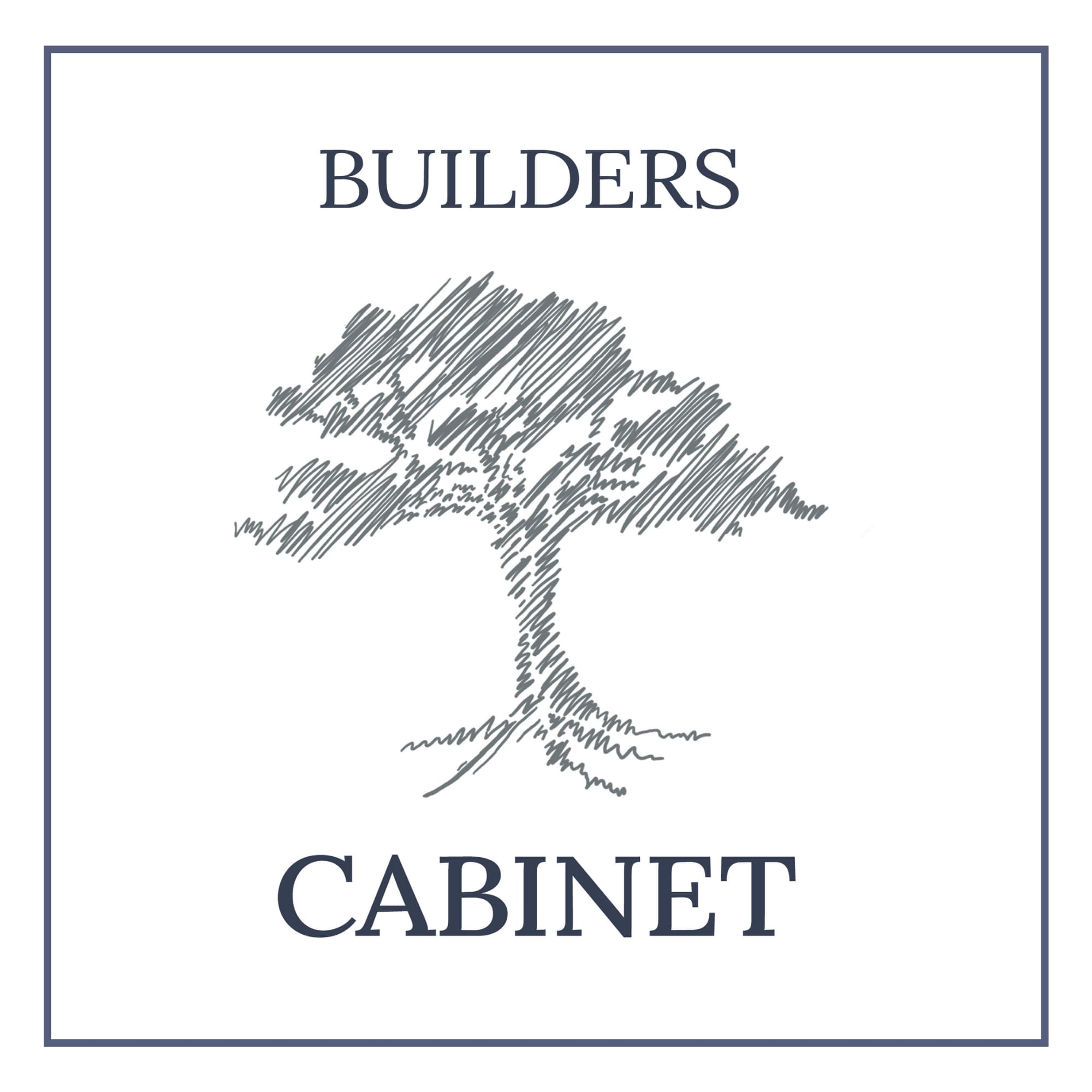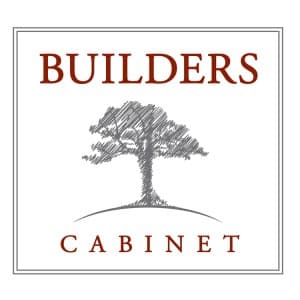Evaluating the Pros & Cons of Prefab vs. Custom Cabinets
When it comes to a home renovation project, a kitchen remodel often comes with one of the highest price tags and it’s easy to see why: the installation of new appliances, fixtures, lighting and cabinetry means you likely need to hire a number of trade professionals to do the work. With costs that can balloon out of hand seemingly overnight, you might find yourself asking if custom cabinetry is worth the investment, or if a prefabricated solution will look and function just as well. This article will outline the pros and cons of each option, so that you can make an informed decision before your project begins.
What are Custom Cabinets?
The term “custom” in the context of home renovation, is akin to total creative freedom. You choose the materials, the finish, the features, and the physical dimensions of an item. Custom cabinets can be designed to make use of every nook and cranny of your kitchen in the way that you see fit, and ultimately allows you to achieve your goal of owning the kitchen that you have always dreamed of.
Though custom cabinetry and prefabricated cabinets can be made of the same material, many homeowners prefer opting for a solid wood for their cabinets. Solid wood not only stands up well for many years, it can also be refinished by a professional without needing to be replaced (something that may come in handy if you’d like to update your kitchen at some point down the line). Regardless of the material being used, customers who choose custom over prefab cabinets need to expect a longer lead time before the installation can occur since the product will be made to exact specifications.
What are Prefabricated Cabinets?
Prefabricated (or stock) cabinets are manufactured well in advance of the day where they are actually purchased by the end consumer. Rather than being built for a kitchen’s exact dimensions, prefabricated cabinets tend to come in standard sizes. For example, 9-inches is a standard beginning width of prefab cabinets. From there, manufacturers offer different widths in 3-inch increments up to a maximum of around 48-inches wide. When it comes to height, customers can generally choose between 30 and 48 inches. While some prefab cabinet manufacturers produce cabinets outside of these dimensions, they tend to be for higher end or larger kitchen spaces. As far as materials go, solid wood isn’t very commonly used. Instead, manufacturers tend to produce prefab cabinets using imported plywood or melamine and standard joinery, though they do so to a high standard.
Now that you know the answer to the question, what is the difference between prefab and custom cabinets? Let’s dive into the advantages and disadvantages of each.
The Pros & Cons of Custom Cabinets
If you like the idea of using your kitchen’s space exactly the way you want to, custom cabinetry might be for you. Before you make your decision however, you’ll want to weigh the pros and cons.
Pros
- These can be designed and built to the exact physical dimensions of your kitchen, meaning that you can make optimal use of functional space, even if you have a wall or corner that is oddly sized.
- Custom products tend to be made with better materials, which not only means that they will be more durable, they will also likely be more stylish and more likely to impress your guests.
- Everything can be customized to your taste, including the wood itself, the finish used, the color, the hardware, the sizing, placement, etc.
- Makes it easy to accommodate unusual features like pot drawers and hideaway, pull-out pantries.
- Taller cabinets don’t necessarily require partitions which will make it easier when it comes to storing larger accessories and small appliances that would normally clutter your counterspace.
- If made using solid wood, refinishing (without replacing) the cabinets is possible, meaning you can completely change the look and feel of your kitchen for a fraction of the price of a complete remodel.
- When sourced from the right company, custom cabinets can be more affordable than you might expect.
Cons
- Custom cabinets require considerable lead time to be completed. Improper planning of your resources could have your kitchen partially renovated weeks before your cabinets are set to be delivered. Always make sure you allocate at least 6-8 weeks for your order to be completed.
The Pros & Cons of Prefab Cabinets
Sometimes your budget will dictate whether or not custom cabinetry is the way to go. Other times, the things that you’re looking to accomplish in your kitchen can be easily solved with a prefab option making questions like, “what are the best quality kitchen cabinets?” perhaps a little less necessary.
Pros
- Prefabricated cabinets are usually less expensive than their custom counterparts.
- Since they are manufactured ahead of time, prefab cabinets can be delivered relatively quickly, accommodating rush jobs. This can save you time, money and frustration, and allow your renovation project to stay on track.
- Finding someone to install your prefab cabinets is generally easier as the installer won’t need to contend with unconventional dimensions. A DIYer with enough experience can opt to take on the installation themselves.
- Prefab cabinets are made to the manufacturer’s exacting standards and are available in a wide range or colors and finishes to accommodate a homeowner’s aesthetic.
- Since prefab cabinets use repeatable modular construction, it’s usually easy to replace a section that has become damaged due to an accident in the kitchen.
Cons
- As mentioned, prefabricated cabinets offer far fewer design choices than a custom build. In some cases, a homeowner may have to compromise their vision and settle for a product that they are not completely in love with simply because the manufacturer does not produce that which they seek.
- Limitations on sizing, depth, color, finishes and materials.
- Unlike custom cabinets, prefab cabinets are difficult to refinish, if at all. In the event the refinishing doesn’t yield satisfactory results, it may have been worth replacing the cabinets altogether.
- Lifespan typically in the range of 10-15 years before replacement is required.
There is a lot to consider when embarking on a home renovation project involving cabinets. However, it is important to first consider whether custom or prefab cabinets are best suited for your space and budget. Hopefully this article gives you the tools to make the choice that is right for you. If you still have questions, be sure to contact your local cabinet designers and makers for further advice.


Leave a Reply